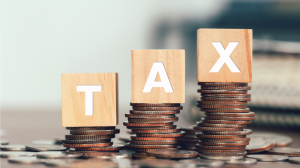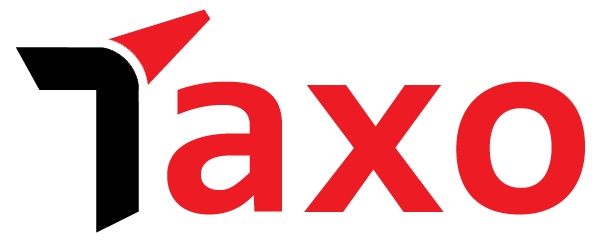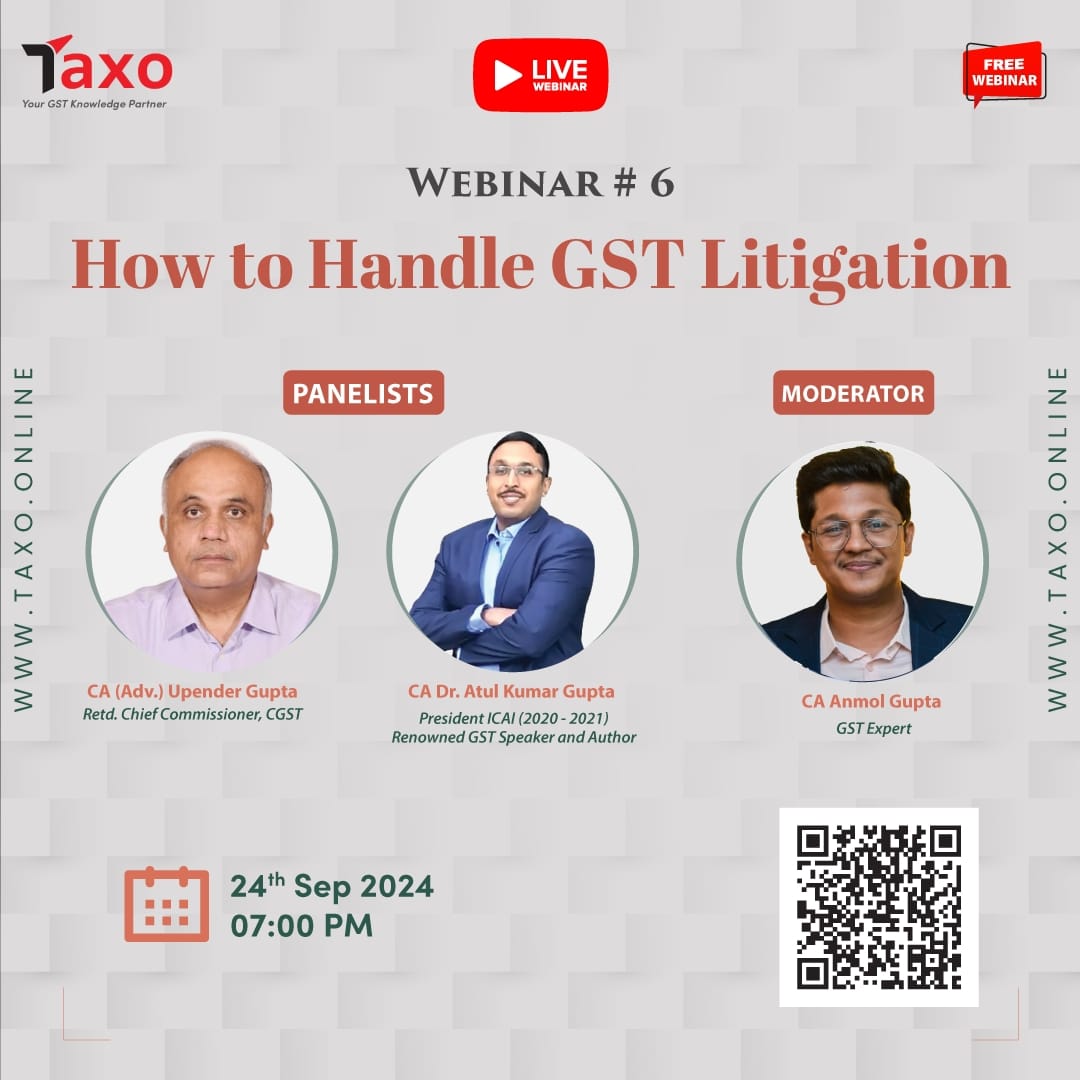 Any rationalisation of Goods and Services Tax (GST) rates will have to be calibrated or done over a period of time, according to Vivek Johri, Chairman of Central Board of Indirect Taxes and Customs (CBIC).
Any rationalisation of Goods and Services Tax (GST) rates will have to be calibrated or done over a period of time, according to Vivek Johri, Chairman of Central Board of Indirect Taxes and Customs (CBIC).
“As your revenue efficiency improves, there will be a greater acceptability on rate rationalisation. Second, it will have to be calibrated. Maybe it cannot all be done in one go,” Johri told Moneycontrol in an interview.
“There may have to be a glide path to say that this is how we will reach where we want to reach because there will be some degree of caution at the same time to see that whatever consolidation of revenue has happened, that should not get affected,” he added.
In September 2021, the Group of Ministers (GoM) on rates rationalisation was set up by the GST Council to look into those goods and services exempt from any tax, review instances of inverted duty structures, and examine the current tax slabs and recommend ways to increase revenues and make the system simpler.
While the GoM’s interim report containing recommendations on exemptions and correction of inverted duty structures was accepted by the GST Council in June 2022, it was given an additional three months to decide on the other terms of its reference. However, the GoM’s report is still awaited. In fact, the GoM requires a new convenor after the Bharatiya Janata Party lost the Karnataka state elections in May, leading to the replacement of Basavaraj Bommai – the erstwhile head of the GoM – by Congress’ Siddaramaiah as chief minister of Karnataka.
When asked how long would it take for the GoM to recommend its rate rationalisation measures, Johri said he could not put a timeframe to it.
“The way I look at it, there is a time for everything. Now that revenues are doing better, and if they continue to be on this track for a while, then everybody will be in a more comfortable position to talk about rate rationalisation because you will lose some and you will win some,” he said.
Revenue neutral rate
While rationalisation of GST rates may indeed see both, cuts and hikes, in tax rates on some goods and services, it is broadly accepted that tax rates may be higher, on average, after such an exercise.
In December 2015, the Arvind Subramanian-led committee had estimated the revenue neutral GST rate to be in the range of 15 percent to 15.5 percent. However, in September 2019, a study by the Reserve Bank of India had found that rationalisation of rates by the GST Council had lowered the effective weighted average tax rate to 11.6 percent from 14.4 percent at the time of the indirect tax regime’s launch.
According to Johri, this effective tax rate may now be higher due to the improvement in collections.
“(11.6 percent) was measured quite some time back. So, while it may not be close to 15 percent yet, but it would have definitely gone up by 50-100 basis points,” he said.
When quizzed on the current slab structure, the CBIC chairman said there was a “general expectation and acceptance” that there will eventually be three rates: a median rate, a merit rate, and a demerit rate.
“My experience is that most reforms happen when the going is good – or when there is very deep crisis, which fortunately we’re not in,” he said.
At the same time, Johri also warned that no system is perfect.
“If this kind of a structural reform has to happen, somebody could argue – who is the current rate structure hurting? Is it just a matter of optics that you want to move to three rates? Four rates are fine. Yes, there is some inversion, but no system is perfect. That can also be an argument.”
Source: Money Control
https://www.moneycontrol.com/news/business/economy/gst-rate-rationalisation-will-have-to-be-calibrated-may-need-glide-path-cbic-chairman-vivek-johri-10929741.html


